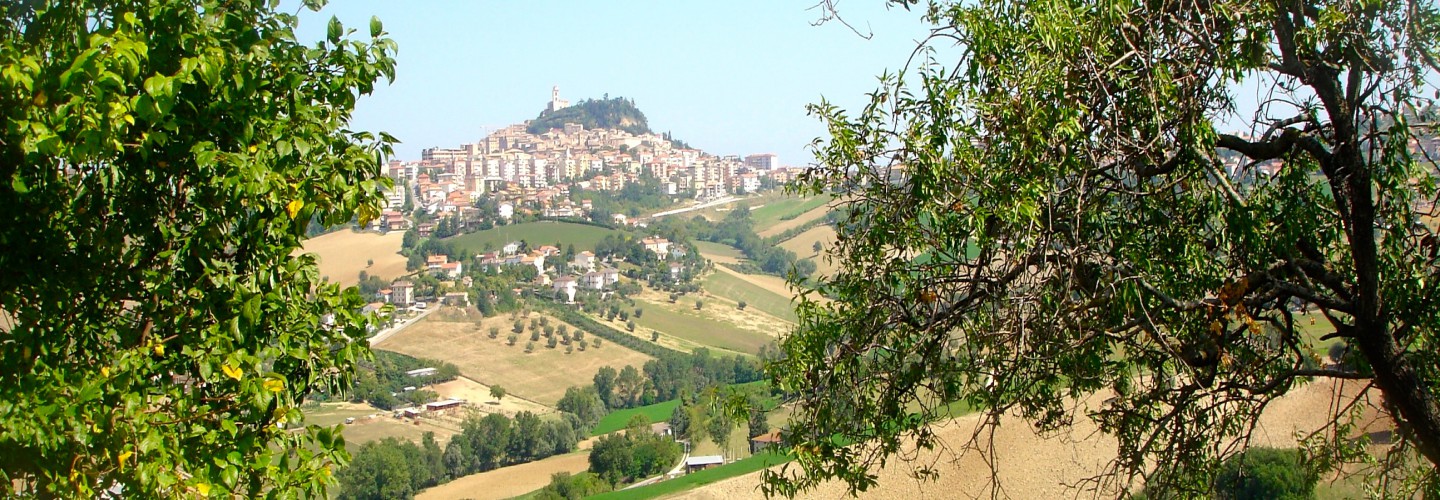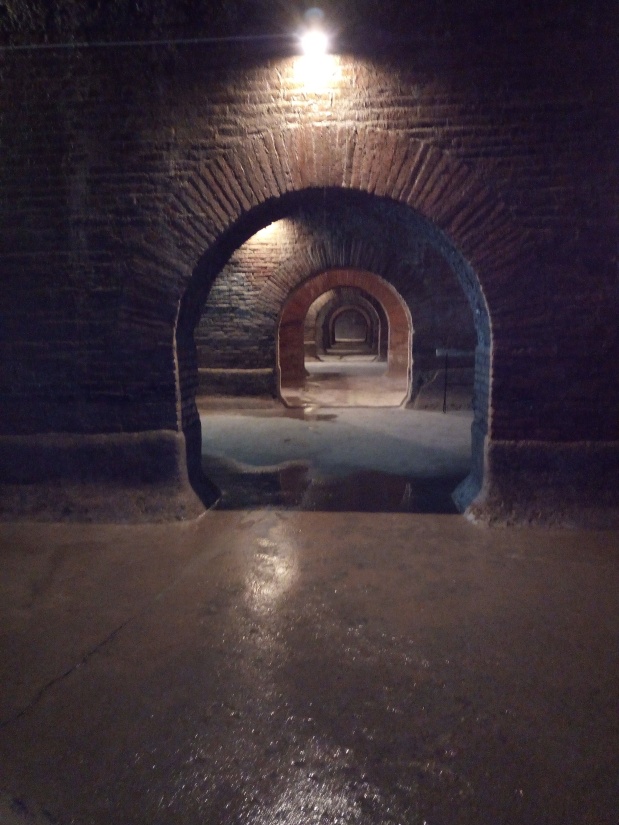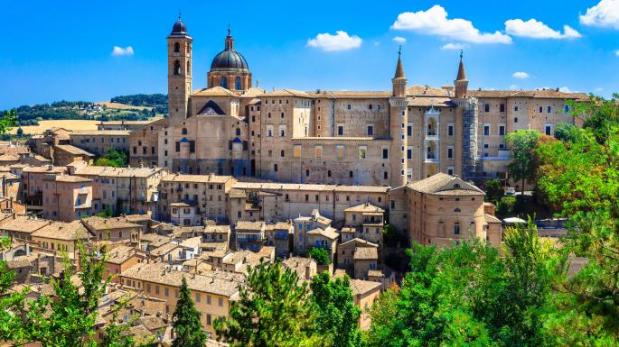We’ve been following Marge ( https://margieinitaly.com/) for a very long time but unfortunately we never had the opportunity to meet her. His work, however, is fascinating: his articles exude all the passion and love for our country! We are proud to present to our readers this article that speaks of an excellence Marche
Thank you Marge!!!
Authentic Artisan Experience in Le Marche
Authentic Artisan Experience in Le Marche
Tucked away in a village in Le Marche is the workshop of Emanuele Francioni, a talented young artisan who is the sixth-generation to carry on an age-old family tradition. This special method of printing with handmade stencils and paint comes alive at Antica Stamperia di Carpegna.
Welcoming us with a smile, Emanuele is happy to demonstrate and explain the distinctive technique he learned from his grandfather. I’m about to enjoy an authentic artisan experience in Le Marche.
Carpegna, a small village in western le Marche, is not far from the bordering regions of Emilia-Romagna and Tuscany. Emanuele’s expanded workshop is surrounded by fields of poppies and cherry trees, and a small garden where he cultivates his own hemp which he uses to weave the fabric he needs. The atmosphere is almost cerebral, very peaceful.
Emanuele is known as a stampatore, or printer. As he begins to explain the process in Italian, it’s apparent that he has a genuine passion for what he does. I love learning from these authentic artisans in Italy.
In the early 1800s his family began the business in Tuscany, and at the beginning of the 20th century they made the move to Le Marche.
Emanuele uses wooden stencils that he has created by hand from walnut.
He explains that he learned from his grandfather how to make these by chipping away with a tool.
These wooden stencils have a series of tiny nails pounded into them to create various patterns. Other stencils have designs hewn into the wood, by hand, of course.
When he is ready to stamp the pattern he dips the wooden stencil into a paint he has created by hand from natural materials.
He describes the color “rust,” as made from cornflower, vinegar, and rust from old nails.
He then demonstrates how to hold the heavy wooden stencil and meticulously places it on the fabric. Afterward he pounds it a few times with a hammer and lifts up the stencil to expose the pattern on the fabric.
Some of his creations are simple, like a bag, or an apron, and others are larger and much more complicated such as a tablecloth. He even creates the patterned fabric for shoes which are sold throughout Italy.
He used to use wool which would be cooked and pressed so as to appear like felt, which he used to make hats. They are both strong and waterproof. Today he works with hemp which he has been dyed and has three colors at his disposal, although he is always trying new techniques.
I am in awe of this entire process and it’s artisans like Emanuele Francioni that make me yearn to visit Italy and learn more about such a lost art as stamping. I appreciate the opportunity to try it for myself as Emanuele is kind enough to give each of us a chance to see how it is to create a stamped item. Grazie, Emanuele.
Emanuele also has a shop in Siena, below the Baptistery. It is inside the shop, Antichita Mazzoni, Piazza San Giovanni, 8 Phone: +39 0577 282091. Stop in and see his hand-crafted items the next time you’re in Tuscany. I love my apron and bag with his hand-made printed designs.
This visit to Antica Stamperia di Carpegna was an excursion provided by Palazzo Donati, my host during for three days in Le Marche. This is an example of an authentic artisan experience they can arrange when you stay at their villa in Mercatello sul Metauro in Le Marche. As always, the opinions and words expressed are my own.
Read more about my experience at Palazzo Donati.










